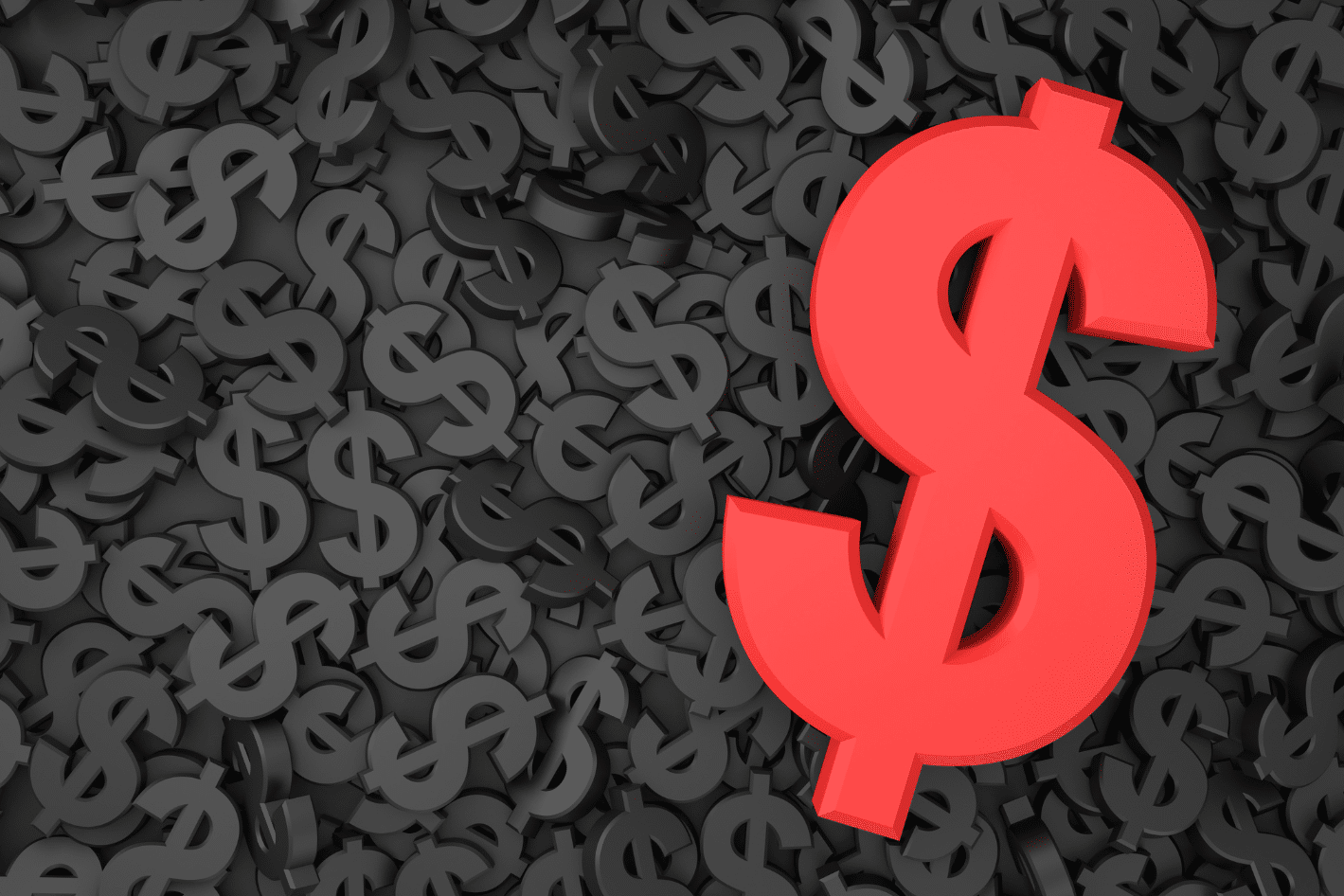
Don’t List Your Home Without Knowing These 3 Pricing Strategies
Why Your Home Didn’t Sell—And What to Do Differently This Time
If your home didn’t sell the first time around—or if you’re getting ready to list—it all boils down to one critical question:
How should you price your home?
And no, we’re not talking about the number Zillow spit out, or what you’re hoping to walk away with after your next purchase. We’re talking about a real, intentional pricing strategy—one that’s rooted in market data, buyer psychology, and your personal goals.
The truth? A lot of homes never get that. Instead, they’re priced based on guesswork, wishful thinking, or whatever number sounds good to the seller. And unfortunately, a lot of agents just go along with it.
But here’s the reality check: hope isn’t a pricing strategy.
The Delisting Surge: What’s Really Going On?
According to Realtor.com, the number of homes pulled off the market in May jumped 47% compared to last year. That’s a big red flag.
Many of those homes sat on the market for weeks with little to no interest—no showings, no offers, and eventually, price cuts that didn’t help. Frustrated, sellers pulled the plug.
Even with more buyers reentering the market and inventory slowly increasing, many sellers are still pricing based on outdated expectations. Meanwhile, the market has already shifted.
If you’ve ever thought, “I’ll just wait for the right buyer,” or “Maybe next season will be better,” you’re not alone. But before you hit the market (or re-enter it), here’s what you really need:
A Clear, Data-Driven Plan
And that starts with choosing the right pricing strategy. Let’s break down the three smart approaches every seller should know.
1. Aspirational Pricing
Think of this as swinging for the fences—pricing on the high side and hoping the right buyer comes along. This can work, but only under very specific conditions.
When it could make sense:
- You own a unique or custom home with no clear comps
- You’re not in a hurry to sell
- You have a backup plan if it doesn’t work out
The downside: This approach can backfire if not executed with a strong marketing strategy. Overpricing shrinks your buyer pool, drags out your days on market, and can lead to those dreaded price reductions.
2. Comparable-Based Pricing
This is the most traditional and widely used method—pricing based on recent sales of similar homes nearby. It’s what appraisers look at, and it helps your home show up in all the right buyer searches.
When it makes sense:
- You’re in a neighborhood with good, recent sales data
- You’re looking to attract serious buyers
- You’re motivated to sell within a certain timeframe
Pro tip: Even within comp-based pricing, there’s room to adjust your approach:
- Price on the high end if buyer demand is strong
- Go mid-range for the best balance of exposure and value
- Aim below the midpoint if you want to stand out and move quickly
3. Event-Driven Pricing
This is a strategic move that prices your home just under the comps to create a sense of urgency—think of it as a “just listed” flash sale. The goal? Drive traffic, spark interest, and potentially start a bidding war.
When to consider it:
- You’re listing during a peak season like spring
- You want to sell fast and create excitement
- You’re appealing to first-time buyers or investors
Why it works: Buyers are highly responsive to value. This approach often leads to more showings, multiple offers, and a stronger negotiating position.
Bottom Line: Price with Purpose
Pricing your home isn’t just about picking a number—it’s about having a complete plan. That includes:
- A marketing strategy to maximize exposure
- A timeline based on your personal goals
- A Plan B if the market shifts or your situation changes
The best results come when strategy leads the way—not guesswork, not emotion, and definitely not hope.
If you’re planning to list your home soon—or thinking about giving it another shot—make sure your pricing approach sets you up for success from day one.
Luxury Specialist at McGraw Realtors
With a diverse background, including a career as an Air Force fighter pilot and entrepreneurship, Bill transitioned to real estate in 1995. Co-founding Paradigm Realty with his wife, Charlene, he quickly rose to prominence in Oklahoma City’s luxury real estate scene. Now, as one of the top agents with annual sales surpassing $20 million, Bill’s dedication to exceptional service remains unparalleled. With a legacy spanning over two decades in the industry, Bill’s expertise and commitment make him a trusted name in luxury real estate.